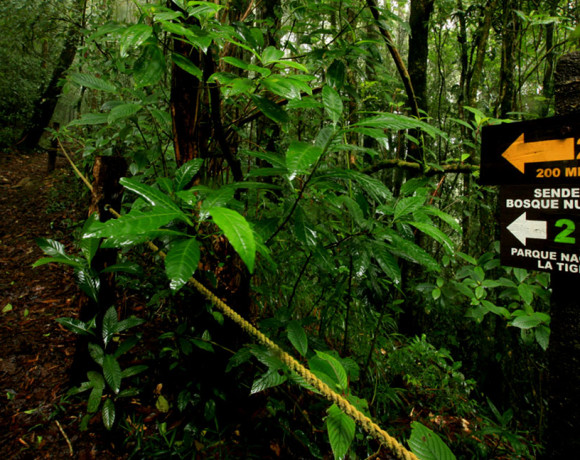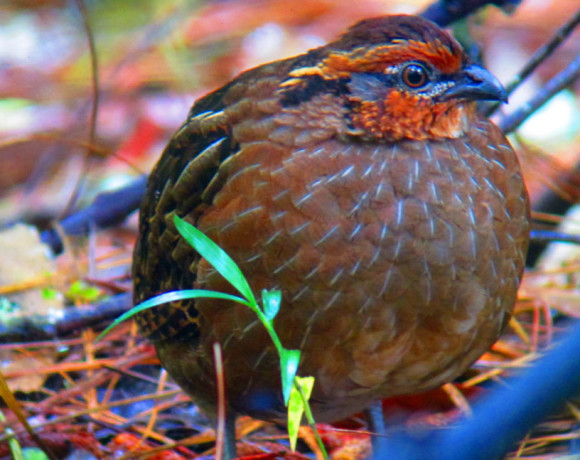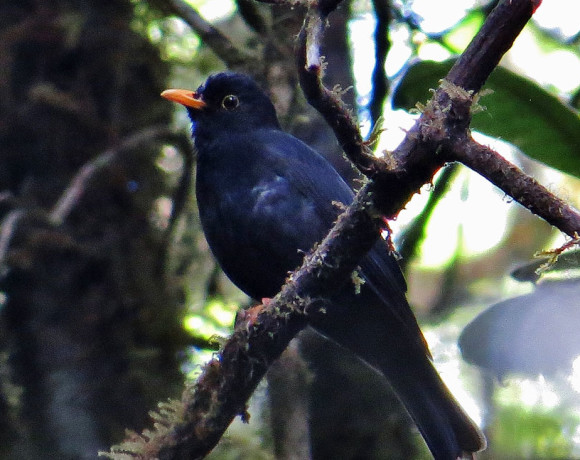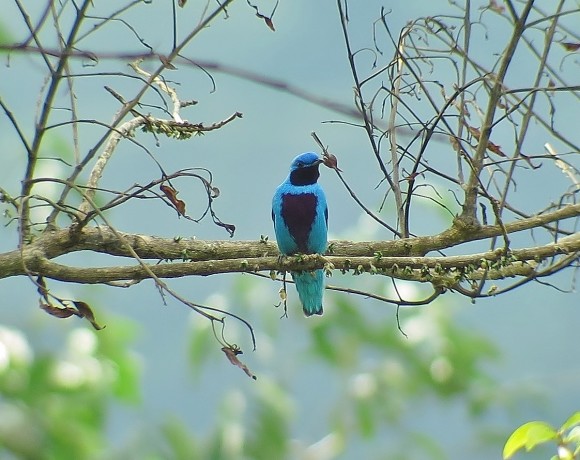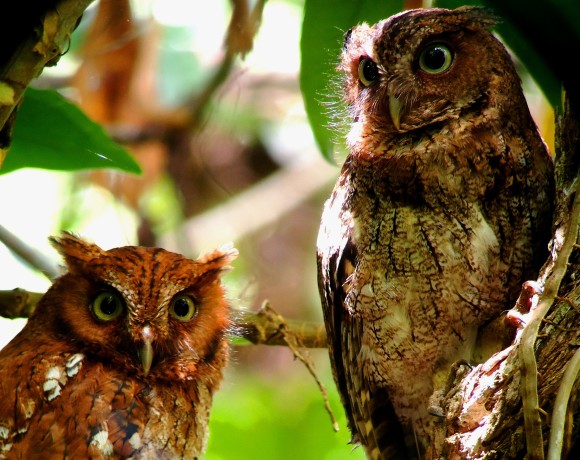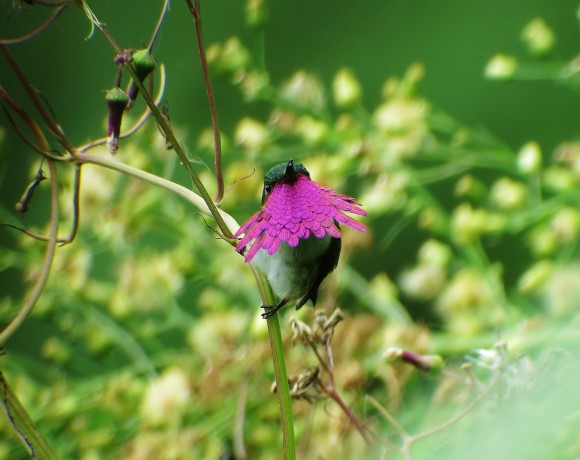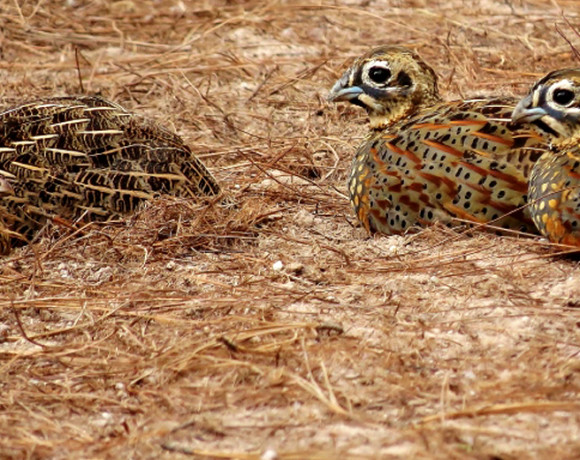La Tigra National Park
La Tigra National Park (Spanish: Parque Nacional La Tigra) was the first national park in Honduras, by decree No. 976-80 whose principal objective is “The Conservation, Ecologic Preservation and Maintenance of The Hydrologic Potential of this Reserve”. It was established on 1 January 1980 and covers an area of 238.21 square kilometers. It has an altitude of between 1,800 and 2,185 metres.[1]
In addition to its exuberant natural beauty and with a seductive historic past, the La Tigra Mountain with its immense cloud forest tropical vegetation also provides more than 30% of the necessities of the capital city, Tegucigalpa, and 100% of the bordering communities and has been protected since the early 1920s, evidence of this are the weirs of Jutiapa. It is a cloud forest with an area of 328 km2 (127 sq mi), located 25 km (16 mi) from Tegucigalpa.
This park is found really near to the city of Tegucigalpa, located to the north of it, to just a few 22 km (14 mi). of distance away. The park’s access points are four, but for visiting purposes 2 routes are mainly used: the highway leading to El Hatillo and the highway that leads to Valle de Ángeles, San Juancito and Cantarranas. The park provides two Visitors Center and Eco Lodges, one in the community of Jutiapa and the other in the community of El Rosario. To access the first one, taking the road to El Hatillo (22 km (14 mi)) will do it, spending approximately 50 minutes to reach it, passing through several communities on its way. To access the second one, at just 1½ of Tegucigalpa the road to Valle de Angeles, San Juancito (36 km (22 mi)) located in the village of El Rosario will lead to Rosario’s Visitors’ Center, at an elevation of 1,650 m (5,413 ft). This last one equipped for several activities, including a museum.
The Park with its 240 km2 (93 sq mi) is divided in two zones: nucleus and buffer. The nucleus zone (7.5 km2 (3 sq mi)) of the park counts with 8 hiking trails that cross it, adding up to more than 23 km (14 mi), from which, two of them connect both visitors’ centers
This is a good place for species such as: Singing quail, Green breasted mountain gem, Scaled antpitta, Black robin, Rufous collared robin, Wine throated hummingbird, Black throated jay, Bushy crested jay, And many others.

